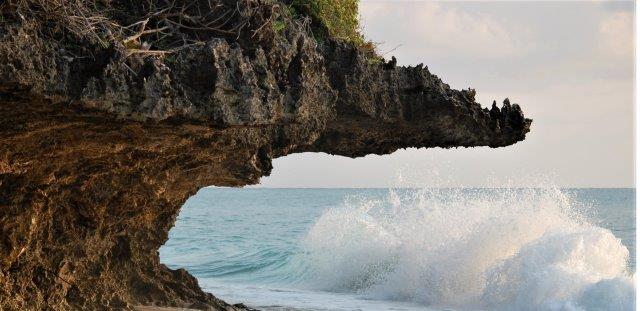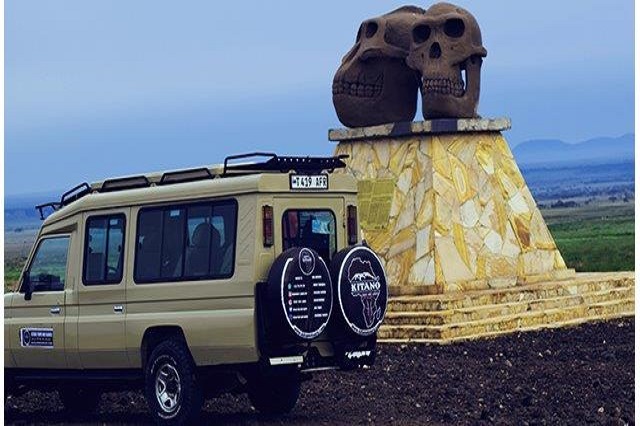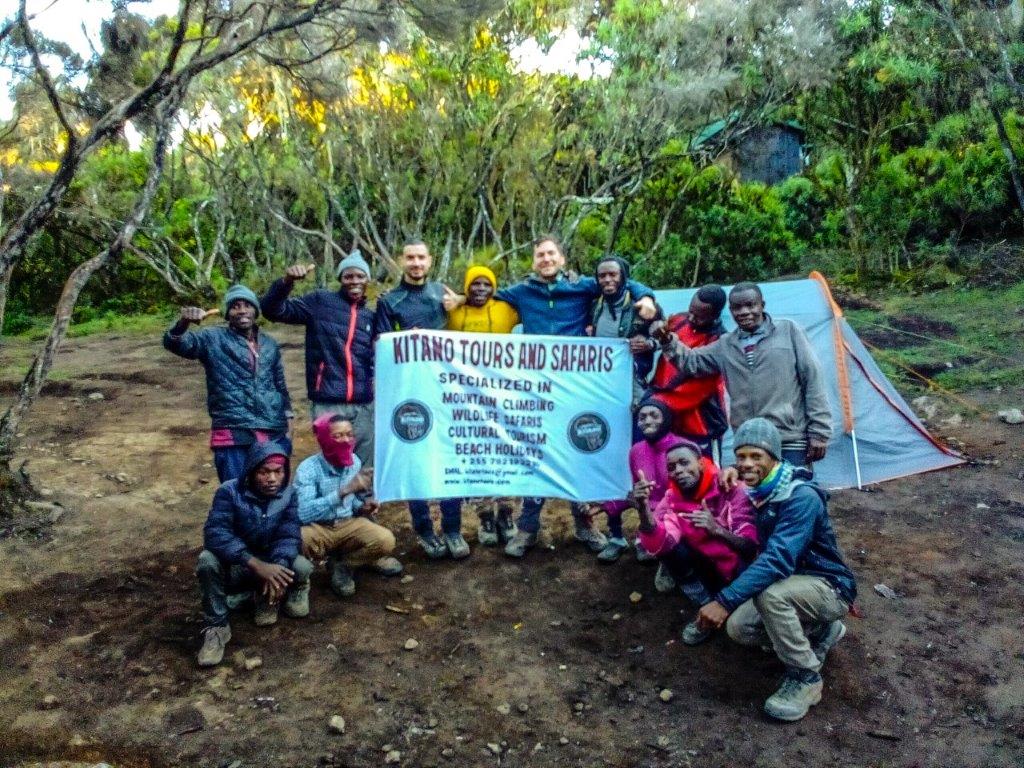When it comes to clothing, layering is key. The temperatures on Mount Kilimanjaro can vary greatly, so it's important to have clothing that can adapt to different weather conditions. Start with a moisture-wicking base layer to keep you dry and comfortable. Add a mid-layer for insulation and a waterproof and windproof outer layer to protect you from the elements. Don't forget about your extremities – bring warm gloves, a hat, and thick socks to keep your hands and feet warm.
Proper footwear is also essential. Invest in a pair of sturdy hiking boots that provide ankle support and have a good grip on various terrains. Make sure to break them in before your climb to avoid blisters and discomfort.
Aside from clothing, you'll also need to consider the equipment you'll be carrying. A good backpack is crucial for carrying your gear, snacks, and water. Look for one with adjustable straps and a hip belt for added support. Don't forget to bring a headlamp, trekking poles for stability, and a water bottle or hydration system to stay hydrated throughout your climb.
Clothing and Gear: Layering is crucial for adapting to Kilimanjaro's diverse weather conditions. Opt for moisture-wicking base layers, insulating mid-layers, and waterproof outer layers. Sturdy hiking boots with ankle support are essential, along with a well-fitted backpack and trekking poles for stability.
Training and Fitness: Begin a comprehensive training regimen several months before your climb, incorporating cardiovascular exercises, strength training, and altitude acclimatization. Gradually increase your exposure to higher altitudes through hiking and climbing to prepare your body for the challenges ahead.
Altitude Sickness and Acclimatization: Educate yourself on the symptoms and risks of altitude sickness and how to prevent and manage it during your climb. Proper acclimatization is key, so plan rest days into your itinerary and avoid rushing the ascent to minimize the risk of altitude-related illnesses.
Itinerary Planning: Craft a well-structured itinerary that allows for proper acclimatization and rest. Consider the duration of your climb, the routes available, and your physical fitness level when creating your itinerary. With careful planning and preparation, summiting Mount Kilimanjaro will be an unforgettable achievement.
What is the weather on kilimanjaro
| mouth | temperate | precipitation | cloudiness | crowds |
|---|---|---|---|---|
| January | warm | medium | low | high |
| February | warm | medium | low | high |
| March | moderate | high | medium | low |
| April | moderate | high | high | low | May | moderate | high | high | low |
| june | cold | medium | medium | medium |
| july | cold | medium | low | high |
| August | cold | low | low | high |
| September | moderate | low | low | high |
| October | moderate | low | medium | medium |
| November | Moderate | medium | high | low |
| Desember | Moderate | medium | medium | medium |
Though it is the time with least crowds one of my Kilimanjaro tips would be to avoid the wet season from March-May and in November as bad weather drains your energy and therefore reduces your chances of making it to the top. Your best bet if you want to avoid the masses is therefore the shoulder season in early July and December(except for the time around christmas/new years), the time from January to February is still popular as the temperatures are higher but the chances of rain for both timeframes are about 50/50..



